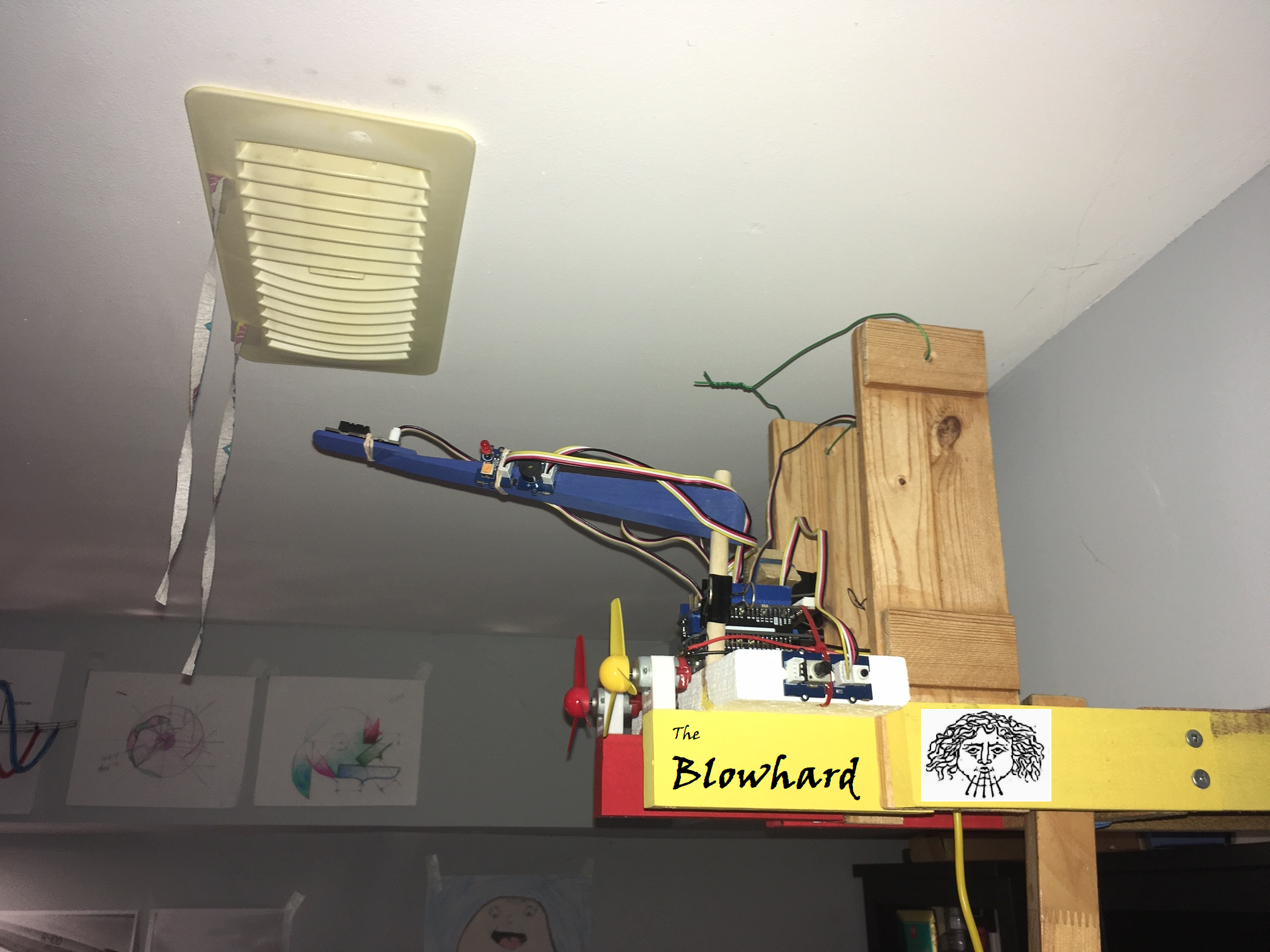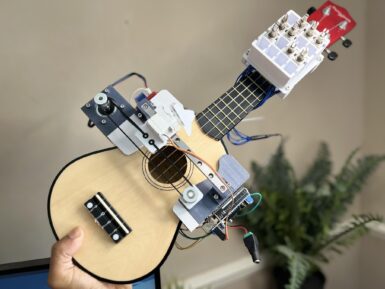
Overview
It can detect combustible Carbon Monoxide, Coal Gas and Liquefied Gas. The sensitivity can be adjusted by the potentiometer.
Hardware Overview
This is an Analog output sensor. It needs to be connected to any one Analog socket in Grove Base Shield. It is possible to connect the Grove module to Arduino directly by using jumper wires. When doing so, please refer to the connection table below:
|
Arduino |
Gas Sensor |
|
5V |
VCC |
|
GND |
GND |
|
NC |
NC |
|
Analog A0 |
SIG |
The output voltage from the Gas sensor increases when the concentration of gas. Sensitivity can be adjusted by rotating the potentiometer.
Please note that the best preheat time for the sensor is 24 hours and above.
Note: Hot-swapping the grove may lead to IC burnout, please turn off the power of main board before swapping grove.
Tech specs
Specification
|
Item |
Parameter |
Min |
Typical |
Max |
Unit |
|
VCC |
Working Voltage |
4.9 |
5 |
5.1 |
V |
|
PH |
Heating consumption |
0.5 |
- |
340 |
mW |
|
RL |
Load resistance |
adjustable |
|||
|
RH |
Heater resistance |
- |
33Ω±5% |
- |
Ω |
|
Rs |
Sensing Resistance |
2 |
- |
20000 |
Ω |
|
CO/CH4/LPG Scope |
Detecting Concentration |
200 |
- |
1000/10000/10000 |
ppm |
Technical Details
|
Dimensions |
130mm x 90mm x 23mm |
|
Weight |
G.W 15g |
Get Inspired

Rate-of-Rise triggered axial fan blowers to improve warm air circulation in a room with one HVAC inlet vent

The ukulele has a bit of a reputation for being quaint, but it is a legitimate instrument like any other and that means it takes a lot of practice to play competently. Zeroshot is too busy building cool stuff to bother with all of that, so he put his skills to use constructing this robotic ukulele that plays itself. Like a guitarist, a ukulelist can play a note by strumming multiple strings at once or by picking individual strings. More exotic techniques are also possible, but uncommon and outside the scope of this project. The key to Zeroshot’s design is the mechanism that can both pick and strum. It does so by using two actuators: a servo motor to lift and drop the pick, and a stepper to slide the pick back and forth perpendicular to the strings. An Arduino UNO Rev3 board controls those motors through a HiLetgo L293D motor shield, with a TMC2208 driver module for the stepper. The Arduino can lower the pick and strum it across all of the strings, or it can move to a specific string and pluck just that one. But it would be limited to only a handful of songs if it could only play open strings, so Zeroshot also needed to add hardware to hold the strings down on the fretboard. He chose solenoids for that job, held in a 3D-printed mount. With power coming from the motor shield, the Arduino can extend the solenoids to play any required notes. Zeroshot designed the mount to accommodate up to 16 solenoids, for the first four frets across the four strings. When including open strings, that would give the robot up to 20 notes to work with. But a lot of songs only require a handful of solenoids, as Zeroshot demonstrated by performing Celine Dion’s “My Heart Will Go On.”





